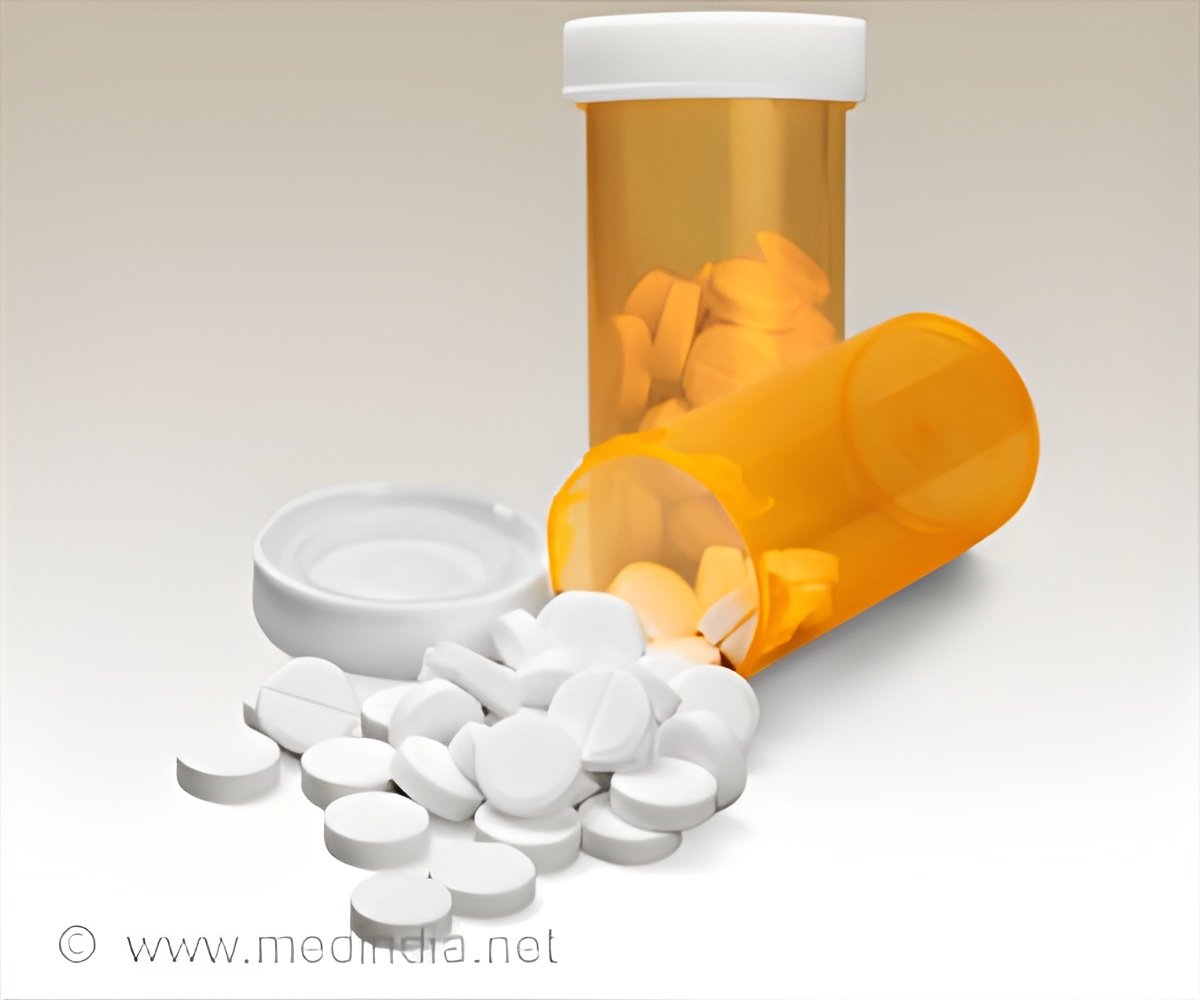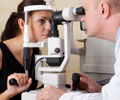
‘Elmiron (pentosan polysulfate sodium) drug may be linked to retinal damage.’
Tweet it Now
They found that about one-quarter of patients with significant exposure to Elmiron showed definite signs of eye damage. This medication toxicity could masquerade as other known retinal conditions, such as age-related macular degeneration or pattern dystrophy.
"It's unfortunate. You have a patient with a chronic condition like interstitial cystitis, for which there is no cure and no effective treatment.
"They get put on these medications because it's thought to have few side effects and few risks, and no one thinks about it again. And year after year, the number of pills they're taking goes up and up," said Robin A. Vora from Kaiser Permanente.
Interstitial cystitis causes chronic pain in the bladder and pelvis area.
Advertisement
As a mainstay of treatment for decades, hundreds of thousands of people have likely been exposed to the drug.
Advertisement
Dr. Jain and his colleagues raised a warning flag that long-term use of Elmiron may damage the retina.
Vora, Amar P. Patel, and Ronald Melles, ophthalmologists at Kaiser Permanente, heeded that warning and looked at their database of patients.
They found 140 patients who had taken an average of 5,000 pills each over the course of 15 years.
Of those 140 patients, 91 agreed to come in for an exam.
The doctors took detailed images of the back of their eyes.
Twenty-two of the 91 patients showed clear signs of drug toxicity.
The rate of toxicity rose with the amount of drug consumed, from 11 percent of those taking 500 to 1,000 grams to 42 percent of those taking 1,500 grams or more.
Because it's unclear how much medication is too much, Dr. Vora recommended patients who show no signs of toxicity be screened for retina damage at least once a year.
For those who do show some signs of damage, he recommended that they speak with their urologists about discontinuing the medication.
If identified early, the damage may be mitigated by stopping the medication, the doctors said.
The research was presented on Saturday at "AAO 2019", the annual meeting of the American Academy of Ophthalmology at Moscone Center in San Francisco.
Source-IANS














